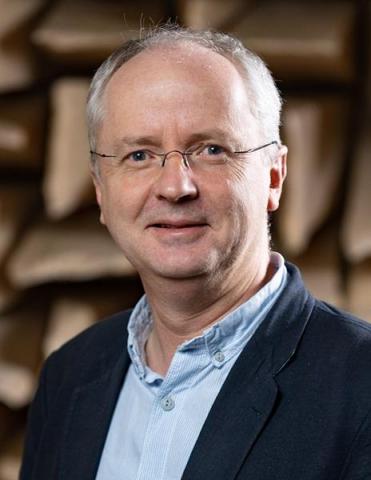About the project
Only a small fraction of the available vehicles’ fuel energy is used for driving the car itself and the rest is lost to engine and driveline inefficiencies or used to power accessories. The biggest challenge facing Electric vehicles is the limited driving range that depends on the energy capacity of the batteries in use. These have necessitated the need for reducing vehicle energy losses, an effective solution being to harvest the wasted vibrational energy through the design of a regenerative shock absorber (RSA). In addition to converting the wasted vibration energy to electricity, suspensions with RSA can potentially provide enhanced dynamic performance, reduce costs, increase lifetimes of batteries for electrical and hybrid vehicles, improve fuel efficiency and reduce exhaust emissions.
In this project, we propose a revolutionary self-reversing screw (SRS) that can convert the translational motion of a nut body, regardless of its direction, into continuous shaft rotation which can drive a generator directly. In other words, this mechanism can translate a random vibration into a continuous unidirectional rotational motion. Our proposed self-reversing screw regenerative shock absorber (SRS-RSA) that can be used in vehicle suspensions, particularly in Electric vehicles, is compact with high power density, simple and efficient. The resonant frequency of a dynamic system consisting of spring, damper and SRS-RSA can be tuned by changing its moment of inertia, while keeping the overall oscillating mass constant. Moreover, it is possible to design a flywheel with variable moment of inertia and a control system that will enable real time monitoring of the excitation frequency and the changing of the system inertia and damping.
The project will examine whether, in principle, our SRS-RSA device could replace traditional shock absorbers without the need to modify the vehicle suspension structure. To provide an answer, dynamic response of the device to various inputs, including transient excitations, will be modelled and tested. Studies on similar competing devices have reported that such a product is potentially capable of recovering 100-400 watts of vibration energy from a passenger car when driving at an average speed of 60 mph on a normal highway, and up to several kilowatts from trucks, train carriages and off-road vehicles. We envisage higher energy recovery capabilities for our design due to its higher efficiency and, to demonstrate this, we would require carrying out field tests on an actual vehicle.

